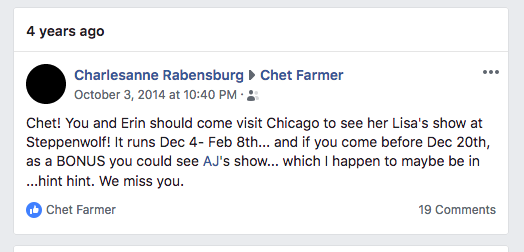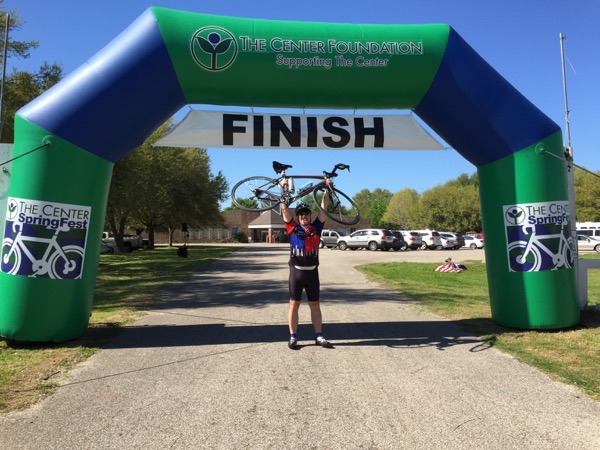The Windows world has long since adopted a “we know best” approach on app behavior. A great example of this is apps that, when you quit them, inform you that “Hey, we see you’re quitting, so we’re going to close the window but not really quit because we think we should stay around for $some_bullshit_reason. To completely quit, check the System Tray, and good luck finding that if you’re not a nerd!”
That’s incredibly obnoxious, and violates user expectations. It runs completely counter to something called the Principle of Least Astonishment in UI and system design.
[T]he principle means that a component of a system should behave in a way that users expect it to behave; that is, users should not be astonished by its behavior.
Closing a program should stop the program’s activity. Staying behind, in deliberate contravention of the user’s stated intention, so that you can INTERRUPT THE USER with a notification, is an egregious violation of this idea.
Heretofore, though, as I said, this was more or less exclusively the province of Windows apps.
Unfortunately, Apple’s gotten in the game for no good reason. Here’s how.
One strength of Mac + iOS world is that Apple, realizing text fees from carriers were just bullshit rent-seeking behavior, quietly over the last several years began replacing texts with an internal, more secure messaging system over the Internet. You know it as “iMessage”, and it’s why your texts to other iPhone folks are blue, while true SMS messages (e.g., to folks with Android devices, or “feature” phones) are green. Only the green ones are truly texts for which carrier can nickel and dime you; the rest are just data, and work over wifi, even if you’re overseas with no local cell connectivity.
This is neat.
The other part of this that’s neat is that, because iMessage is just data associated with your AppleID, you can also use iMessage on your computer or iPad, even though you probably think of those messages as “texts”.
At some point, though, some “I know better” weasel at Apple decided that, even if a user doesn’t have Messages open on their Mac, they should still get notifications for incoming messages there.
This is bad, first, because of the Least Astonishment principle I noted above. This is bad in practice because it may surprise you when giving a presentation. This didn’t actually happen to me, but it could have; I just happened to notice that I was still getting notifications after a reboot and before I’d reopened everything.
That, to be quite clear, is some serious bullshit, and reeks of some mushy-headed “designer” who thinks every paradigm needs rejiggering.
The only way to stifle this is to engage the Mac’s Do Not Disturb feature, which is an additional step you should not have to do if you’ve already quit the damn program in question.
I’d really love to know what the fuck they were thinking.






